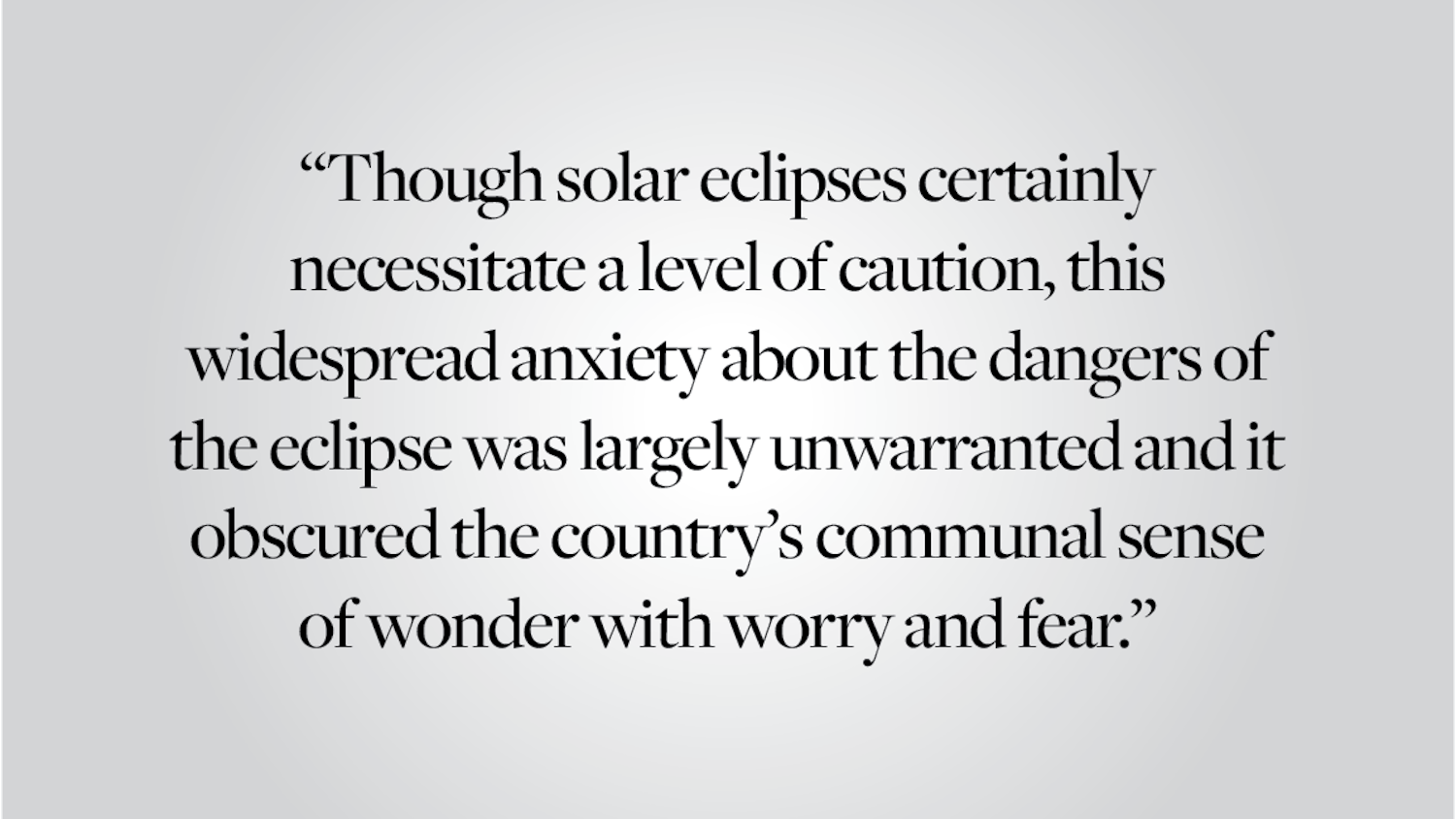Now that spring break is officially over, we are forced to look ahead to the final weeks of the semester. It is time to start thinking about exams, research papers and the inevitable flurry of panic before final grades are released. But fear not: According to a recent study of transcripts from over 400 institutions of higher education, the most commonly recorded grade will probably be an A.
Last month, former Duke University Professor Stuart Rojstaczer released a new report analyzing 70 years of transcripts from a range of institutions. Rojstaczer, the self-proclaimed authority on grade inflation in the United States, describes the phenomenon of rising grades as “disastrous.” His study shows that grade point averages and the percentage of As in a class have steadily increased since the 1970s. This year, an A is three times more common than it was in the 1960s. The study has just added more fuel to a raging debate in higher education circles: Is grade inflation a threat to the sanctity of education?
Given the wealth of statistical evidence, it is nearly impossible to deny that grade inflation exists. But is it really so disastrous? Rojstaczer and his allies would argue that grade inflation threatens to destabilize the very fabric of our education system, reducing the quality of graduates and promoting a more relaxed attitude toward coursework. Maybe this is true — if A’s were harder to come by, I’m sure I’d spend many more hours poring over textbooks at the Rock or proofreading my papers before submission. And yet I can’t help but feel that this shift away from grade-driven learning is an improvement.
Grades are no longer the definitive measurement of success in college. Of course, they are still relevant for job and post-graduate applications, but employers and admission officers alike acknowledge that GPAs are just one of many relevant indicators. After all, with so many near-perfect GPAs emerging from elite colleges, evaluators need to rely on different, more comprehensive measures. A 2012 study by the Chronicle of Higher Education shows that employers rank GPA seventh out of eight factors considered in the hiring process. Instead, factors like internship experience and extracurricular engagement have risen to the fore.
Critics of grade inflation also fear that such a system would reward average students with excellent grades, reducing the motivation to go above and beyond assigned tasks. But this view doesn’t account for the fact that there are plenty of other incentives for students to challenge themselves. Students with exceptional coursework are more likely to be invited to research projects, leadership roles or work experience. There is also the motivation of earning a stellar recommendation. As numerous past examples demonstrate, students are more likely to push themselves to new heights when grading is complemented with more qualitative assessments.
Over the years, universities have tried to undercut the trend of grade inflation with their own policies. Most notoriously, Princeton followed a strict policy of grade deflation, setting caps on the number of high grades awarded. Princeton was forced to abandon this scheme when it created an atmosphere of heightened competition at the school, discouraging both students and applicants. Likewise, Wellesley College’s humanities department tried to curb rising grades but found that it only reduced enrollment in affected courses.
With higher propensities of A’s in elite colleges like Brown, students have greater flexibility to shape their own educations without being burdened by worries about their transcripts. Rather than spending our days and nights camped out in a library, we have more time to gain work experience, undertake research or participate in student activities during the semester. These experiences can provide practical skills, allowing for a more multi-faceted and dynamic education. Perhaps grade inflation is simply the natural upshot of a shift toward a more holistic learning experience.
Mili Mitra ’18 can be reached at mili_mitra@brown.edu.
Please send responses to this opinion to letters@browndailyherald.com and other op-eds to opinions@browndailyherald.com.




